Home »
Misc »
How to warm up for a basketball game
How to warm up for a basketball game
Avoid These Game-Day Warm Up Mistakes That Could Cause You To Lose Games!
Learn how to consistently surprise and pounce on your opponents with quick 4 to 8 point leads. At the same time, develop injury resistant players who can jump out of the gym and move quickly.
If you do the traditional lay up and shooting lines, do stretching on the basketball court, and don't use drills with defenders in your warm ups, there are some big changes you want to make. These changes can have a dramatic impact on your season and possibly even your coaching career.
Check out the tips below...
1 - Prepare the body to move before you step on the court to reduce injuries, improve quickness, and develop better jumpers.
You should dedicate at least 15 to 20 minutes to prepare your body to move before you step on the court.
However, I often see players doing movement preparation exercises on the basketball court during their allotted warm up time.![]() This is a complete waste of time. This can easily be done elsewhere like in the hallway, locker room, any other space.
This is a complete waste of time. This can easily be done elsewhere like in the hallway, locker room, any other space.
All of your court time during the warm up should be dedicated to basketball drills. Drills that get you ready to play.
Additionally, a well-designed movement preparation program should:
- Reduce injuries which will result in more wins - You can't improve if your players are hurt. Actually, most recovery time is spent just getting back to where you were before the injury.
- Develop better athletes - If your warm up isn't improving balance, coordination, speed, jumping, and other athletic qualities, you need to modify your warm up.
Sample Of Movement Preparation & Athletic Development Exercises
Diving into the details of a proper movement preparation would make this article far too long. I've modeled the first part of my warm up after Vern Gambetta's and Gary Gray's teachings.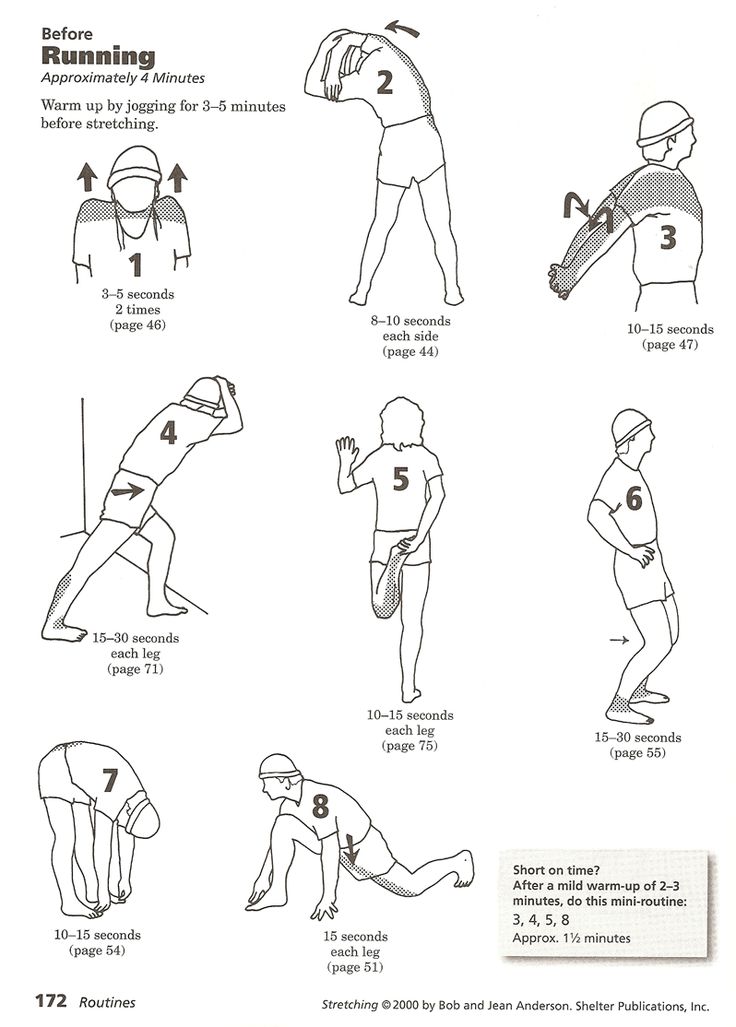
Here is a quick sample (emphasis on the sample). There are variations, regressions, and progressions.
- 2 Minutes Warm Up - Jump Rope
- Leg Swings - Forward and Back, Side to Side
- Reaches - Alternate up, Alternate up and over, Alternate rotating
- Minibands - Sidestep, Walk forwards and backwards, carioca, monster walk
- Single leg squat - forward and side
- Balance exercises - Step or do a little jump, then hold position.
- Lunge and reach - Lunge forward, lunge to the side, lunge rotationally backwards. And do these three reaches for each lunge. Reach up, reach down (touch toes), reach opposite (twist).
- Jackknife Crawl
- Hurdle walk - Sideways over and under (Might need to use imagination if you don't have hurdles.)
- Quick skip
- Lateral skip
- Side step with arm swing
- Carioca - long and low
- Backwards to forward run
- Forwards to backward run
Then I add basketball specific movements to the tail end of it.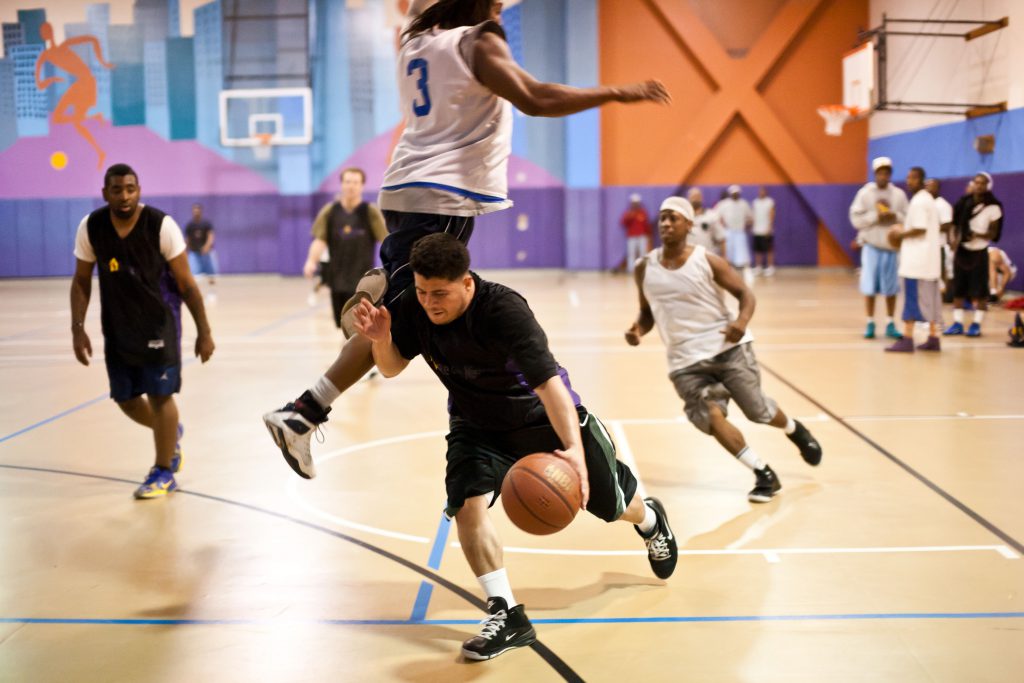 .. pivoting, jump stops, hip turns, shuffles, and different jumping variations.
.. pivoting, jump stops, hip turns, shuffles, and different jumping variations.
A little tip for practices: I also take this same approach with practices. If my court time starts at 6:00 PM, I will start practice anywhere between 5:30 PM and 5:40 PM.
2 - Use court time to wake up the brain, improve decision-making, and shock the competition at the beginning of the game.
From watching thousands of games at the youth and high school level, I can tell you that very few teams do what I'm about to tell you. From a competitive standpoint, this is awesome for you and me.
While the first part of a great warm up is to prepare the body to move, you also need to wake up your brain! Just going through two line lay up drills or the same shooting drills that you see in every gym is not going to accomplish this.
Your players need to be ready to make game decisions quickly from the opening tip. So you need to do plenty of drills with live defenders.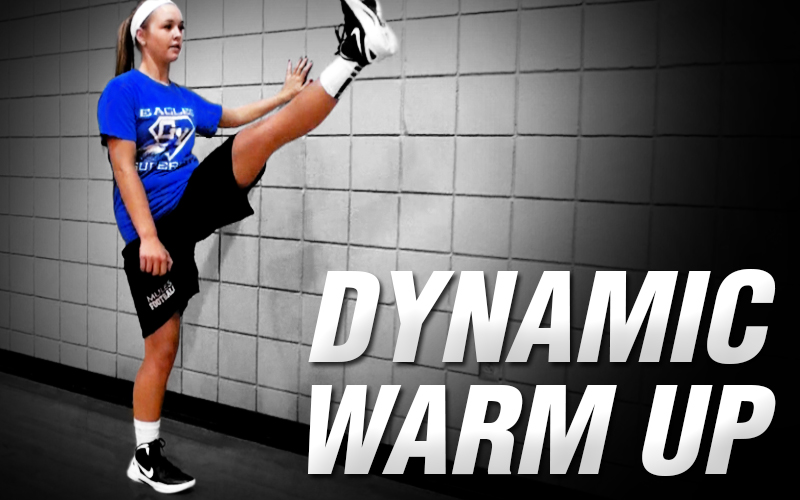
That way, there isn't a mental warm up period at the beginning of the game that turns into a huge disadvantage for you.
And if your opponents are like most of the teams I've seen, it will give you an edge at the beginning of every game. Even if you only get an advantage of two points per game, this can still have a big impact on your season.
Additionally, your team could spend an additional 10 to 20 hours each season of getting more high-intensity practice time. Tiny little improvements for each game can lead to big improvements over time.
Sample Of Warm Up On The Court
So I will do some of these drills that are based on my philosophies and system. Here is my outline:
Note: I do not do all of these drills in one warm up. These are just examples.
High-rep shooting drills - These do not include defenders, but I still think they are important at the beginning of a warm up.
1v1, 2v1, 2v2 Drills
- 1v1 close out drills
- 1v1 finishing drills
- Dribble attack drills with 1v1 and 2v1 (with second defender trailing)
Mini scrimmages - I typically pick a couple of constraints with 3v3, 4v4, or 5v5 depending on my situation. Here are a few examples:
Here are a few examples:
- No dribble - (3v3, 4v4, or 5v5)
- Lay Ups Only for first 10 passes
- 2 post touches before a jump shot
- 2 dribble limit on each catch
- Cut throat
- Overload Defense Drill - (4v3 or 5v4)
If I'm limited on time, I will just go straight to mini scrimmages. I will try to do as much basketball skill work off the court.
If your team comes out lethargic even after doing this, another tactic is to full court press for the first few possessions.
3 - Use non-court time to warm up basketball skills
You can have your players kneel and shoot against a wall. You can have them do pound dribbles. You can do constrained one on one drills. Basically, do anything in your space that will help you warm up your basketball skills before you get on the court.
As mentioned before, it's important that you use most of your court time to get the brain ready to make good decisions on the floor.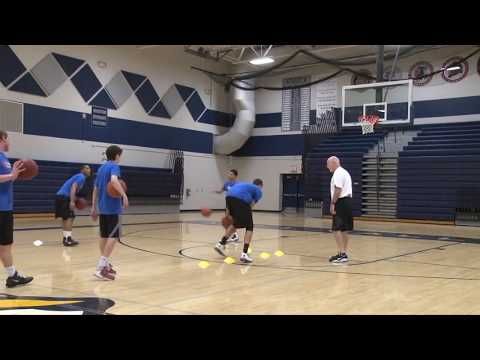
So you might need 30 minutes to prepare the body to move and do basic skill warm ups prior to the game. If you want, you can even spend more time.
4 - Incorporate shootarounds
If you have the option, use your facilities for shootarounds on game day. Even if it's a few hours before the game, getting 100 shots up in 15 to 30 minutes will help prepare your players to shoot in the game. Your players will need less time to find their shooting rhythm during the warm up.
Additionally, doing this 20 to 30 times throughout the year may result in residual improvements in shooting that can make a big difference.
On a side note, I almost added a fifth tip that has to do with mentality, but I'm still looking into this. Hopefully, I have some really cool new information in a future newsletter that could have a big impact on reducing anxiety and improving game performance.
So an ideal structure for your warm ups would be:
Earlier in the day - Shootaround for 30 minutes
30 minutes prior to court time - Movement preparation
10 minutes prior to court time - Basketball skill work
Court time - Game-like drills
A note for tournament settings:
If you play two or three games a day, my first warm up of the day will be the "long warm up" as mentioned above.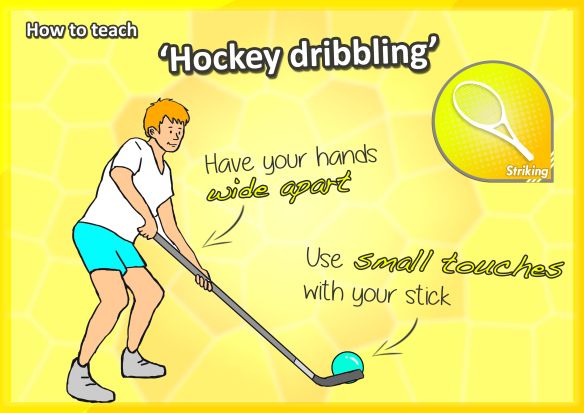
After that the warm ups are much shorter, I will just take 5 to 10 minutes to do running movements before each game. Carioca, Backwards to forward run, forward to backwards run, jumping exercises, then basketball specific movements.
Stretching?
I'm not a big fan of static stretching before practices and games. However, you might do this afterward.
If you have a tight area, you may do some massage work like foam rolling and light stretching prior to the warm up.
However, I would not hold a stretch for more than 10 seconds. The longer you hold stretches, the more it relaxes your body. Instead, you need your body activated and ready to move.
Well, I hope that these changes to your warm up will help you and your team.
What do you think? Let us know by leaving your comments, suggestions, and questions...
How to Warm Up to Play Basketball With 9 Lower Body Stretches
Spend your spare time shooting hoops with pals? Star of your local park court? Or maybe you just like working on your layups outside in the driveway? Whatever the case, you should warm up before you get ready to play ball.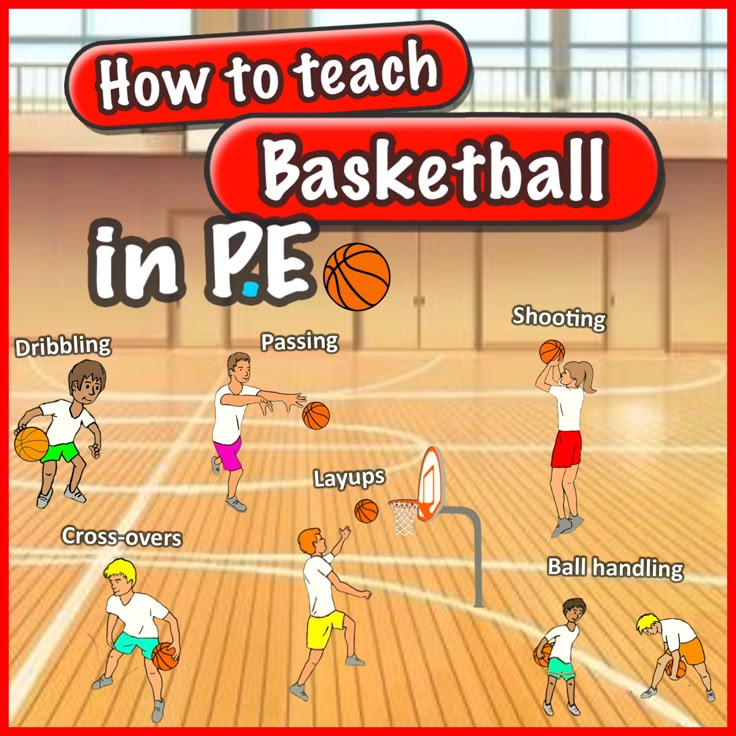
This 10-minute warmup from physical therapist Daniel Giordano, DPT, PT, C.S.C.S will get you prepped to play before you start dribbling. In this episode of “The Fix,” we’re going to walk you through a quick pick-up basketball warmup.
Check out the video for a demonstration of all nine exercises, and for an in-depth explanation and tips for doing each one with proper form.
Hip Opener
Standing in place, bring the knee up, open out, come down, and repeat. Do five to eight of these on each side or about 30 seconds. The point? “Prepping our hips so that we’re reducing our risk of injury while we're on the court.”
Quad Folds and Single-Leg Deadlift
Grab one ankle with your hand on the same side, and then reach out with your other hand and dip downwards until you touch the floor with your palm. This will help you jump higher and perform at your optimal level on the court.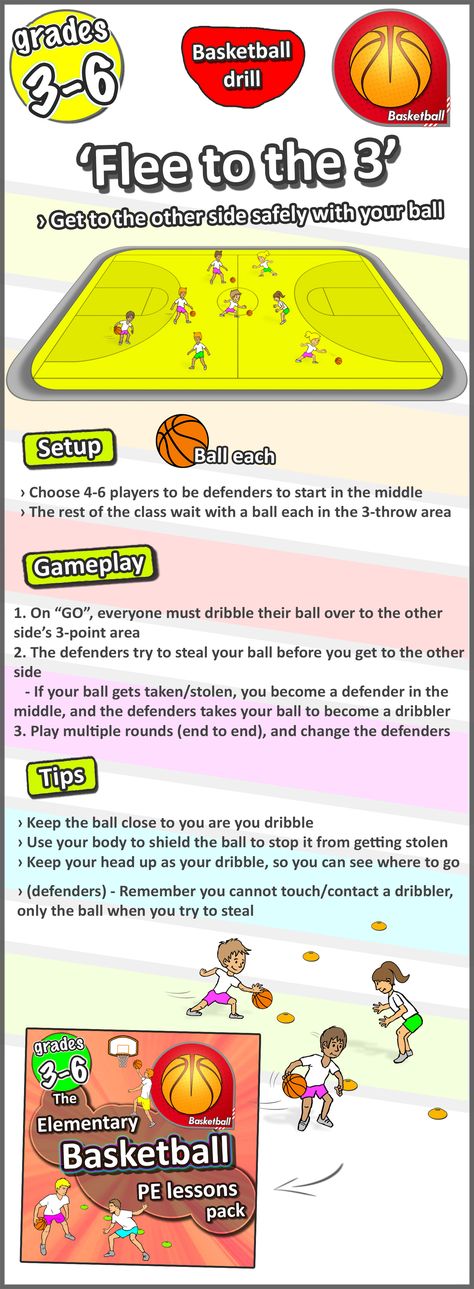 Again, do five to eight of these on each side or about 30 seconds.
Again, do five to eight of these on each side or about 30 seconds.
Staggered Stance Toe Touch
This one is for your hamstrings, or rather, to help you avoid pulling your hamstring when things get heated on the court. Keep one leg straight, the other knee bent, then hinge from the hips, touch the toes, come up, and switch sides. Like the others, do five to eight of these on each side or about 30 seconds.
Side-Lunge Adductor Stretch
Also known as an inner grind lunge stretch, get your knees wide, bend one knee, shift your weight while keeping one leg straight and touch the ground and then shift to the other side. Be sure to keep the inside of your foot flat on the ground. “You need to make sure that your inner thighs are loose to prevent injury,” says Giordano. Do five to eight of these on each side or about 30 seconds to prep your inner legs for lateral movement and supporting the outside of your thighs.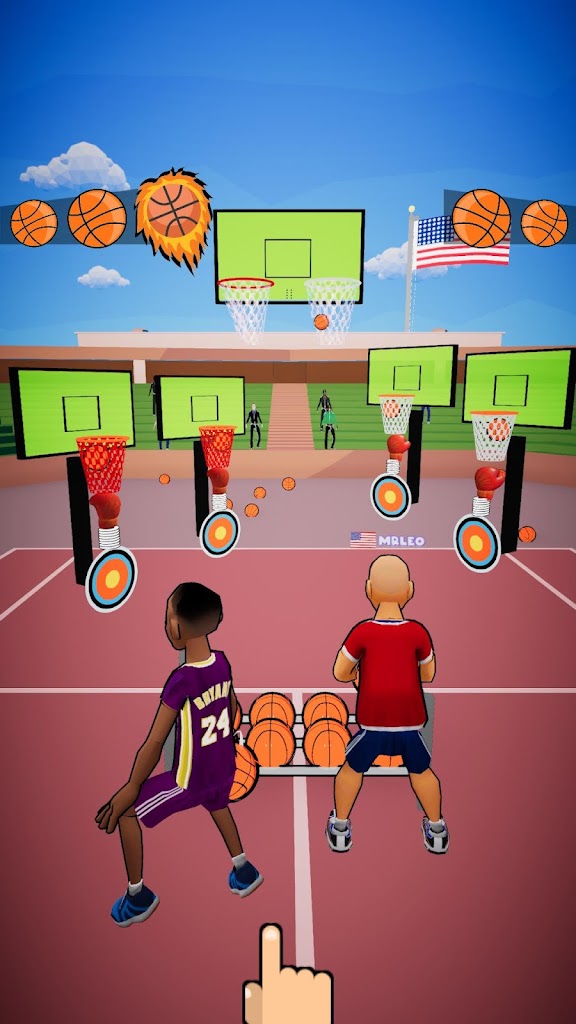
Pivot Lunge and Punch Through
We pivot a ton on the basketball court, so prepping your knees is key. This move is a simple pivot where you lunge your knee to the floor on each side and punch through with one hand for trunk rotation. Do this exercise for five to eight reps on each side or about 30 seconds
Leg Swing
Get your hamstrings and posterior chain ready for the extreme range of motion you’ll be doing during the game. Kick your leg up and touch it with the opposite hand. This will enhance your ability to sprint and jump on the court. Do five to eight reps on each side or about 30 seconds.
Up Drop
This works triple extension and prepares you for reaching the hoop. Bring your heels up off the floor, reach upwards with both hands — this pose is called triple extension — and then kick one foot behind you and drop towards the floor, working through the motion quickly on each side.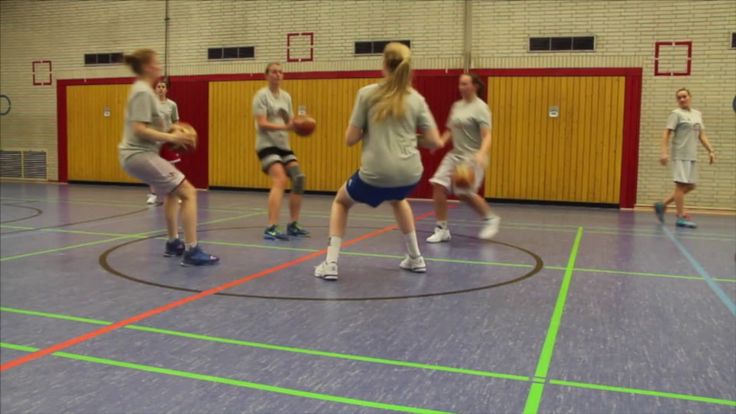 You guessed it: do five to eight reps on each side or about 30 seconds.
You guessed it: do five to eight reps on each side or about 30 seconds.
Up Drop and Jump
This basically advances the last move and helps you get that explosiveness while you play. Get up on your heels with your arms extended upwards and then jump up and then back down and land with bended knees. Do five to eight of these.
Up Drop and Skater Hop
Get up on triple extension and then jump to the other side and then restart. This gets you ready for big jumps as well as lateral movement. Do five to eight of these on each side.
Perri O. Blumberg
Perri is a New York City-born-and-based writer; she holds a bachelor's in psychology from Columbia University and is also a culinary school graduate of the plant-based Natural Gourmet Institute, which is now the Natural Gourmet Center at Institute Of Culinary Education. Her work has appeared in the New York Post, Men's Journal, Rolling Stone, Oprah Daily, Insider. com, Architectural Digest, Southern Living, and more. She's probably seen Dave Matthews Band in your hometown, and she'll never turn down a bloody mary. Learn more at VeganWhenSober.com.
com, Architectural Digest, Southern Living, and more. She's probably seen Dave Matthews Band in your hometown, and she'll never turn down a bloody mary. Learn more at VeganWhenSober.com.
Basketball warm-up
Coaches never tire of repeating: it is always necessary to warm up. And it doesn’t matter if you are going to a strength training, group exercise, jogging, just want to play volleyball with friends or any other team game. It is clear that in each of these cases the exercises will be somewhat different, but they all have the same goal - to improve blood circulation and muscle nutrition. And gradually increase the heart rate, which is especially important if you have a cardio load.
Why are basketball exercises good for warming up?
Those that contain stretching movements and cardio block. This allows you to work out the main muscle groups: the muscles of the legs, body and arms, gently stretch the ligaments and involve the joints in the work.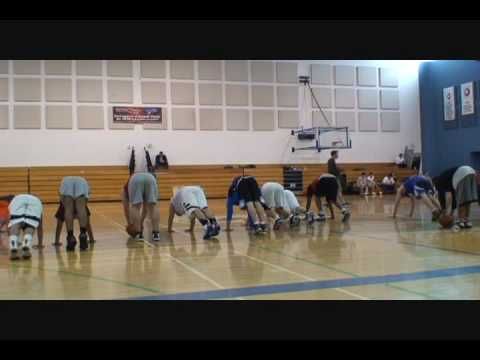 Plus, they develop coordination, since some elements of the game itself are included in the basketball warm-up - receiving and dribbling the ball, throwing, etc. If, after mastering the technique, you perform them at an accelerated pace (in game mode), then during the warm-up you will receive a certain dose cardio load, which means you can avoid sharp fluctuations in heart rate during the main workout.
Plus, they develop coordination, since some elements of the game itself are included in the basketball warm-up - receiving and dribbling the ball, throwing, etc. If, after mastering the technique, you perform them at an accelerated pace (in game mode), then during the warm-up you will receive a certain dose cardio load, which means you can avoid sharp fluctuations in heart rate during the main workout.
Why else should you try basketball? “This is an all-season game, you can always play indoors, unlike football, where you are very dependent on the weather,” says TV and radio host Dens Desyuk . - Speaking from a practical point of view, this game pumps the body well (look at the players - they are tall, athletic), develops strategic thinking and speed. Plus, in basketball we reach great heights (again compared to football), anyone has the opportunity to become a big and significant player. And although this game is a team game, you don’t need a team for a good workout: you can play and warm up together. I became interested in basketball at school, we had it very developed, it was played by the coolest guys. I've been playing it with pleasure for 23 years."
I became interested in basketball at school, we had it very developed, it was played by the coolest guys. I've been playing it with pleasure for 23 years."
You can use the proposed complex at your own discretion, as a short warm-up before the main cardio workout or as an independent aerobic exercise. In the latter case, remember to monitor your heart rate fluctuations (work in the anaerobic or fat-burning zones, depending on whether you want to increase endurance or lose weight).
How to build a session
*Perform the warm-up exercises sequentially at a calm pace.
*Study for 10-15 minutes if you want to warm up before training.
*In order to turn this complex into a separate cardio lesson , after a slow stretch (from the first to the third exercise), do the fourth, fifth and sixth exercises at a fast pace for another 20-25 minutes and complete his 15-20 minute jog in the aerobic heart rate zone.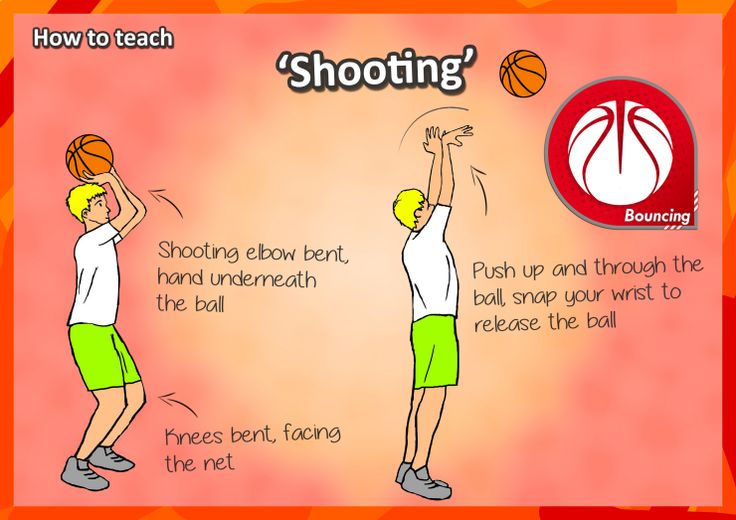
*You will need a basketball for training.
1. Butterfly
Sit on the floor, bend your knees and bring the soles of your feet together at a comfortable distance from your pelvis. Put the brushes on your feet. Place the ball between your shins on the floor. As you exhale, gently pull your knees towards the floor. Hold the position for 30-40 seconds. Repeat the movement twice more.
2. Crunches
Sit with your legs straight forward (knees and hips pressed together). Bend your left leg (knee still touching the floor) and place the foot to the left of the thigh (heel pointing towards the pelvis). Twist your body to the right, place your palms on the floor. As you exhale, twist to the right even more, moving your palms away from you as far to the right as possible. Hold this position for 30 seconds and repeat twice more. Then do the exercise on the other side.
3. Ball crunches
Sitting with straight legs, take a basketball in your hands and place your hands at the level of the solar plexus (elbows apart). Inhale twist your torso to the right, exhale to the left. Perform 10-12 such movements.
Inhale twist your torso to the right, exhale to the left. Perform 10-12 such movements.
4. Receive the ball
Stand straight with your feet wider than your shoulders. Transfer body weight to the right leg, knees are soft. Grab the ball with both hands (elbows slightly apart). Then, with a quick movement, move your hands with the ball to the right (as if trying to protect the ball from an opponent). Then also quickly transfer the weight of the body to the left leg, lean slightly to the left and forward with the body and take the ball to the left knee. Repeat the bunch 5-10 times in each direction.
5. Dribbling
Take a wide step forward with your right foot. Distribute body weight evenly between both legs. Lean your body slightly towards your right leg. Take the ball in your right hand and hit it hard on the floor, passing it under your right thigh. Then grab it with your left hand and hit the floor with force again. Pass the ball in this way from side to side for 1-2 minutes, then repeat the exercise, stepping forward with your left foot.
6. Ball throw
Stand up straight, grab the ball with both hands and, bending your elbows, raise it just above eye level. Transfer the weight of the body to the left leg, right - slightly bend at the knee. Transfer the ball to your right palm (point it with your fingers towards you), holding it with your left hand. With force, straighten your right arm and push the ball with your palm forward. Perform 10-12 such throws with each hand.
Add some basketball to your workouts to make your workouts more varied and more effective.
By the way, now you can see Dens on the TV channel on the LIVE! TV channel: he became the host of our new Wellness Menu program, where he cheerfully and naturally talks about the main trends in the world of wellness, the most popular fitness classes and SPA -procedures. The Wellness Menu is a real guide to a healthy lifestyle. Watch the program "Wellness Menu" every Saturday at 13:00 on the TV channel "LIVE!".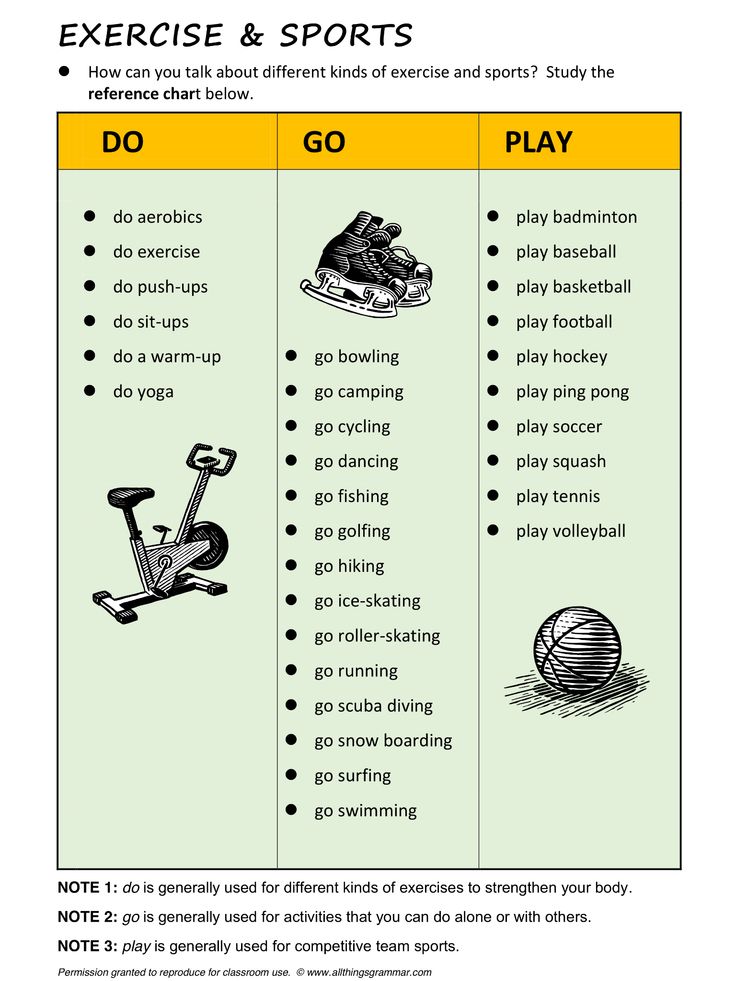
How do you warm up before a basketball game?
Playing basketball is a great psychophysical load combined with a well-conducted warm-up. The latter is also necessary in the context of reducing the risk of injury - whether it concerns an NBA player or amateur basketball players.
Warm-up without a ball
At the i-basket.ru basketball school, the coach always requires you to warm-up before the game. As in volleyball, the warm-up before basketball is divided into two parts - with and without the ball. The transition directly to the game should only occur after the previous run and stretching, which for our joints and muscles is like lube for a bicycle. In most cases, a non-match warm-up begins with gentle steps in place that include hand and wrist stimulation. Continue warming up by doing steps in place, and then move on to easy running with knees up.
Warming up without a ball also involves moving forward and backward (changing direction, accelerating, etc.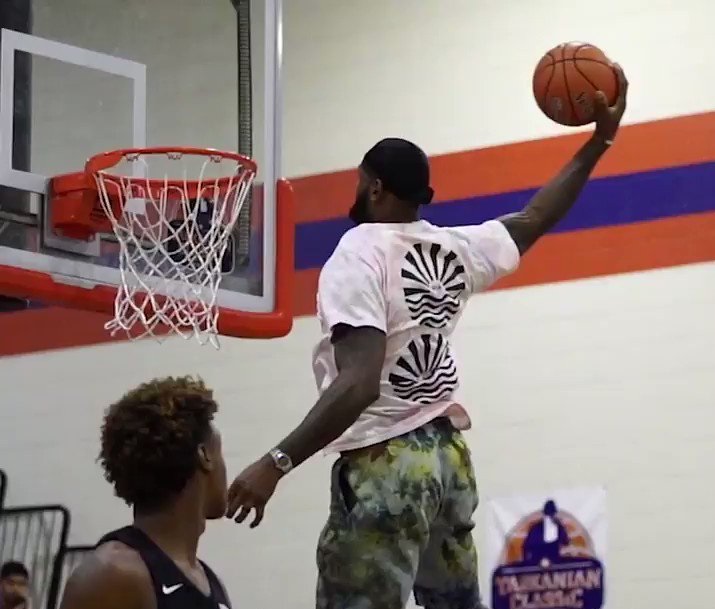 ). During the warm-up, basketball players use a combination of running and twisting elements in the form of whirlwinds. This exercise is to reach the line, touch it with one hand and quickly change direction. This dynamic warming accent is also used by volleyball players.
). During the warm-up, basketball players use a combination of running and twisting elements in the form of whirlwinds. This exercise is to reach the line, touch it with one hand and quickly change direction. This dynamic warming accent is also used by volleyball players.
To warm up without a ball, you need to add an element of movement in the shape of a basketball. These actions include elements of a low basketball stance and an aggressive change of direction. As for the stretching aspect of the warm-up, basketball players will not miss the classic T-movements with lateral extension.
Warm-up with the ball
After kneading the joints and muscles, you can safely start training with the ball. Some of them are similar to what you did without the ball. It is also important here to include a part of the ball control technique that each player implements and improves individually. It trains the coordination of movements very well.
Basketball warm-up starts with the left hand, then the right, and then start with direct, more intense changes of direction.